Bringing order to our roads won't be an easy task, but it's not impossible either
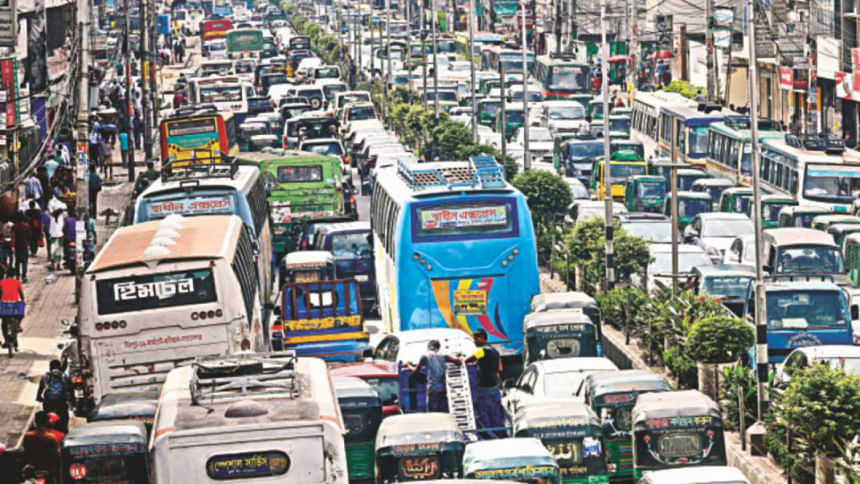
Dhaka's traffic system is one of the most chaotic in the world. Due to the city's notorious traffic congestion, people suffer economically, physically and even psychologically. People, on an average, lose almost 25 percent of their working hours spending time stuck in traffic. The speed of vehicles in Dhaka has come down to five kilometres per hour, while the average walking speed is also the same.
According to a BUET report, traffic congestion eats up five million working hours and costs the economy Tk 37,000 crore a year. But this includes only the cost of delays and air pollution, not the less tangible losses. Besides, road accidents in Dhaka on an average kill 25 people each month and 73 percent of people in the city suffer from extreme physical or mental discomfort due to incessant honking and air pollution.
Dhaka city's traffic nightmare is well-known among foreign travellers and media. As Jody Rosen, on September 23, 2016, so articulately wrote in The New York Times: "I was in Dhaka, which is to say I was stuck in traffic. The proposition might more accurately be phrased the other way around: I was stuck in traffic, therefore I was in Dhaka… Dhaka's traffic is traffic in extremis, a state of chaos so pervasive and permanent that it has become the city's organizing principle... Traffic in Dhaka is not just a nuisance. It is poverty, it's injustice, it's suffering."
Dhaka city has expanded too quickly, and that too in an unplanned manner, resulting in inadequate and narrow road spaces. For any city, 25 percent of its total area should be made up of roads, while Dhaka has only 7.5 percent roads, compared to 25 percent in Paris and Vienna, and 40 percent in Washington and Chicago. The streets are shared by different types of vehicles, such as rickshaws, scooters, motorcycles, CNGs, human haulers, cars, buses, pick-ups and trucks, and sometimes by push carts—all moving at different speeds. Dhaka adds an extra 37,000 cars every year to its already congested roads. And more than 700,000 rickshaws ply the city roads. Slow-moving rickshaws do not allow motorised vehicles to move faster and this is another reason for Dhaka's traffic jam.
Moreover, Dhaka lacks a mass transit system. Mass transit is a system of public transportation that includes buses, trains and subways. The Bangladesh Road Transport Corporation (BRTC) has only 1,000 buses, which is just 0.1 percent of total vehicles of the country. At least one-third of BRTC buses remain out of order, some are run by private drivers under daily contracts and some are leased out to the government secretariat and public universities. About 60 private bus companies operate buses in the city, which carry about 35 percent of passengers. The drivers are not salaried and at the end of the day the drivers have to pay a fixed amount to the owners and retain whatever money is left. That is one of the reasons why bus drivers are so profit-oriented and drive recklessly to make a quick buck.
Traffic rules are grossly and openly violated. Only 50 percent of city drivers have regular licences, and only 27 percent of them follow traffic rules. Slow- and fast-moving vehicles run through the same roads and lanes. There are no bus bays and parking facilities, and vehicles are parked almost everywhere. Sometimes vehicles carrying "VIP passengers" run on the wrong side of the road.
The parliament passed the Road Transport Act in 2018 to improve traffic regulations, but its enforcement is not yet visible. Almost all private buses do not have back lights or indicators and the run-down condition of the buses speaks volumes about the "fitness" of these vehicles—not to mention they are a visual eyesore.
Pedestrians cross roads at will even when there are foot over-bridges nearby. Traffic policemen overlook the violation of traffic rules as well. There are hardly any zebra crossings and sometimes foot over-bridges constructed for this purpose are hardly of any use as they are located at some distance.
Traffic policemen are deputed in the traffic police department for a year or two, which means they don't hold the post permanently, resulting in their lack of specialisation and ownership. Although Dhaka has 650 major intersections, only 60 of them have electronic traffic signals. Traffic policemen are reluctant to operate automated signals and complain that the automated system is ineffective during rush hour.
The government has updated its strategic transport plan for Dhaka for the next 20 years, which includes, among others, five metro or sky rail lines. Construction work on the first metro is progressing, but work on others is not yet visible. The government has constructed several flyovers and u-loops to ease traffic congestion, which might have slightly eased movement of private cars, but this has not reduced the distress of ordinary citizens. Financing more sky trains, underground railways, elevated expressways, flyovers and grade separation networks may not be feasible in the short run.
Focus in the short-term should be on strict enforcement of traffic regulations and proper management of the traffic system. Directives may be renewed for all vehicles—speedy or slow-moving, buses and cars—so that they use specific lanes; a plan for designated bus stops throughout the city must be immediately drawn up and enforced; parking rules must be strictly implemented; and pedestrians must be made to follow traffic rules (e.g. when they cross the roads). We have to phase out the use of traffic policemen and automated traffic signals should be put to use throughout the city. This will not only reduce delays at intersections but movement will also become more organised—all this provided that commuters follow traffic rules and shun the culture of violating traffic laws. Immediate action is needed for marking proper zebra crossings and installation of automated signals at busy crossings. The traffic department of Dhaka Metropolitan Police needs to be reorganised and strengthened as a specialised unit with a trained, permanent traffic police force.
The government would need to procure and operate a large fleet of buses under BRTC. BRTC needs to be revamped and strengthened, and its services should be subsidised. Subsidy for city buses is justified and will be beneficial as traffic congestion in Dhaka costs the economy enormously. In the '60s and '70s, BRTC was the major transport service provider for city dwellers. In many countries, the city bus or mass transit system is run by the government or by the city government. The government should bring back BRTC in the city roads rather than leasing them out to universities and secretariat. Alongside this, the city corporations could also introduce bus services such as "Dhaka Chaka" for the entire city. Certain countries, such as Estonia and Luxembourg, have even introduced free bus services for city dwellers. If the government is serious about bringing order to our roads, taking all these steps would greatly help ensure road safety in Dhaka.
Firoz Ahmed is a retired government officer and a former official of the Asian Development Bank.




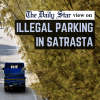
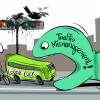
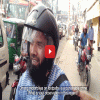

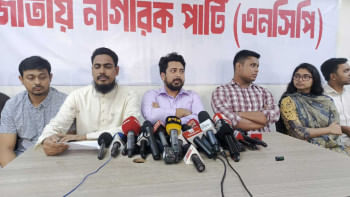
Comments